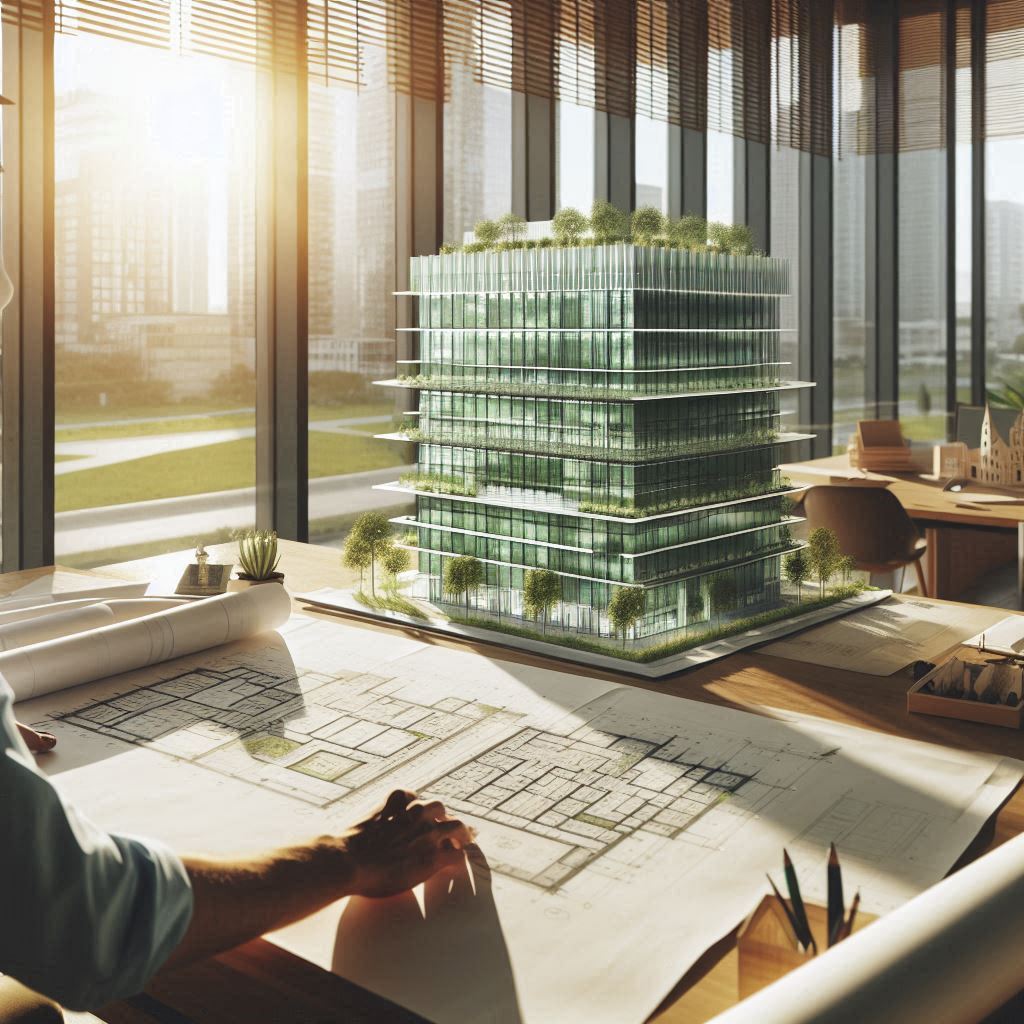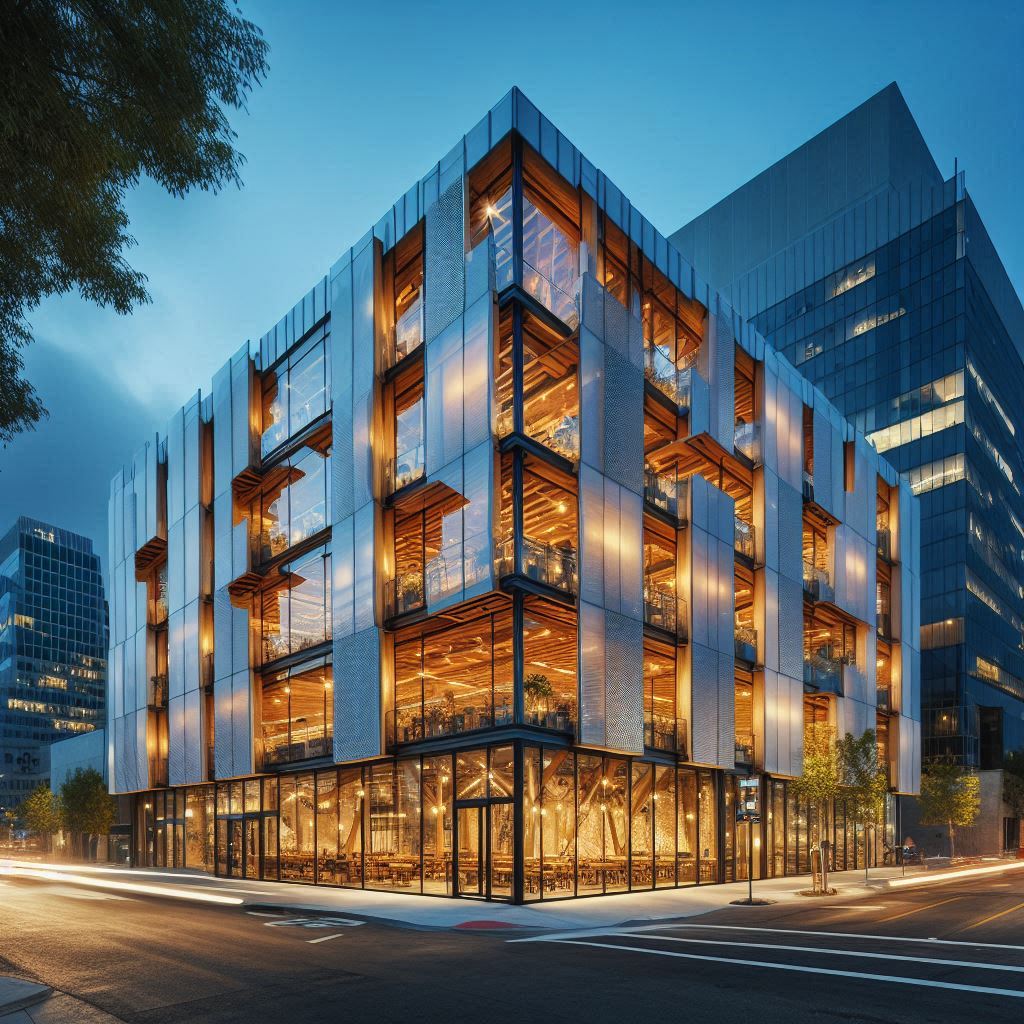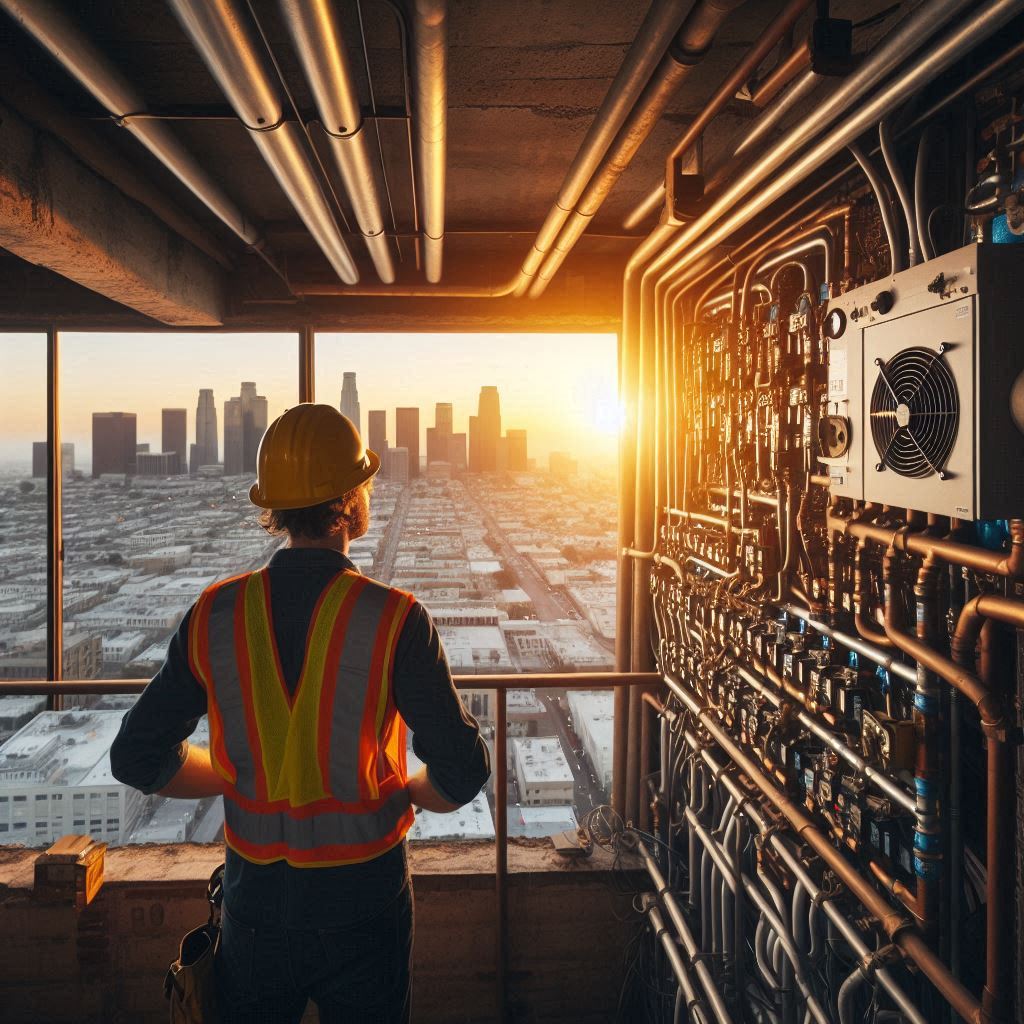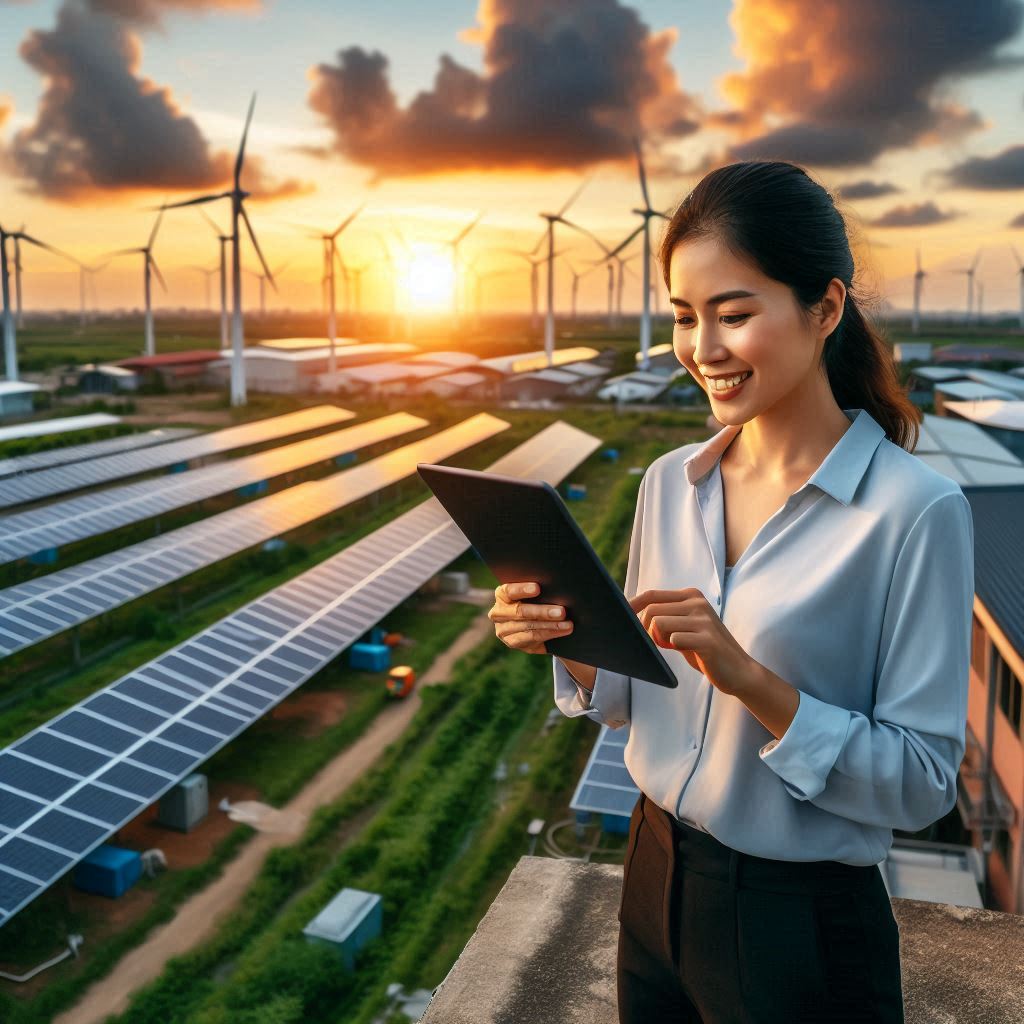Commercial buildings are substantial consumers of energy, thus making energy efficiency a critical aspect of their operations. The process of energy benchmarking—which involves measuring a building’s energy use and comparing it to that of similar buildings—is fundamental in identifying and implementing energy-saving measures. However, the accuracy of energy benchmarking heavily depends on the quality of the utility data it utilizes. In this comprehensive guide, we will explore the challenges of utility data management, the impact of data errors on energy benchmarking, and discuss the need for extending benchmarking timelines to ensure accuracy and efficacy.
The Significance of Accurate Utility Data Management

Utility data management is the cornerstone of effective energy benchmarking. It involves the accurate collection, handling, and analysis of data related to energy consumption. Errors in utility data can originate from several sources including metering discrepancies, data transcription errors, and misaligned data collection periods. These errors can distort the true energy usage of a building, leading to incorrect conclusions and potentially costly missteps in energy management.
For more detailed insights into building energy modeling and data management, see the resources provided by the U.S. Department of Energy (Building Energy Modeling).
Consequences of Utility Data Errors in Energy Benchmarking
When utility data is erroneous, the consequences can extend beyond simple misreporting. Incorrect data can lead to a skewed energy efficiency rating, which is a critical metric for gauging the performance of a building. Such inaccuracies can mislead stakeholders—ranging from building managers to investors—resulting in misguided energy efficiency measures, suboptimal investment in energy conservation technologies, and flawed policy making at the municipal or state level.
Energy benchmarking, when accurate, helps in establishing a baseline, identifying outliers and underperformers, and setting achievable targets for energy reduction. However, with compromised data, these benchmarks will not truly reflect a building’s efficiency landscape, potentially leading to under or overinvestment in energy conservation measures.
The Argument for Energy Benchmarking Extensions
Given the significant implications of data accuracy on benchmarking outcomes, it is prudent to consider extensions in the energy benchmarking deadlines for commercial buildings. Extensions would allow more time for data verification and correction, ensuring that benchmarking reflects an accurate image of a building’s energy consumption.
Extensions also provide an opportunity for the adoption of better utility data management practices and technologies, which can permanently improve the quality of data collected. This not only enhances the reliability of current benchmarks but also sets a higher standard for future benchmarking exercises.
Leveraging Energy Management Software
To mitigate issues with data accuracy, many organizations are turning to energy management software. These sophisticated tools aid in the accurate collection, monitoring, and analysis of energy data, automating many processes that were traditionally prone to human error. By using such software, facilities managers can ensure that the data feeding into the benchmarking process is as accurate and reliable as possible, thus enhancing the overall quality of the energy efficiency insights gained.
Energy management software often includes features like real-time data monitoring, automated alert systems for abnormal energy usage, and detailed analytics platforms that help in making informed energy management decisions.
Integrating Green Building Practices
Improving energy efficiency in commercial buildings isn’t just about managing data better—it’s also about integrating sustainable practices into the building’s operations. Green building practices such as optimizing building designs for natural light, investing in energy-efficient HVAC systems, and using sustainable materials can significantly reduce a building’s overall energy consumption.
Moreover, these practices not only improve a building’s energy efficiency rating but also contribute to its market value and appeal to eco-conscious tenants or buyers. Advocating for and implementing these practices requires a solid foundation of accurate data, which makes the argument for precise energy benchmarking and data management even stronger.
The Critical Role of Energy Efficiency Ratings

Energy efficiency ratings serve as a quantifiable measure of a building’s energy performance. These ratings are crucial for benchmarking as they provide a clear metric against which improvements can be measured. Accurate ratings help building owners and managers to prioritize investments in energy efficiency, market their properties effectively, and comply with local or national energy standards.
Furthermore, buildings with high energy efficiency ratings can often benefit from incentives such as tax rebates, certification badges (like LEED or ENERGY STAR), and a competitive edge in the real estate market.
Conclusion
Effective energy benchmarking is essential for driving improvements in the energy efficiency of commercial buildings. This process depends heavily on the quality and accuracy of utility data. By understanding the challenges associated with utility data management and the potential impacts of data inaccuracies, stakeholders can take informed steps towards more reliable energy management practices.
Moreover, extending the timeline for energy benchmarking can provide the necessary buffer to rectify data errors, thereby ensuring that energy efficiency measures are based on accurate and reliable data. Coupled with the adoption of green building practices and the use of advanced energy management software, the real estate sector can make significant strides towards sustainability and energy efficiency.
To explore further about energy management and green building certifications, visit the U.S. Green Building Council.
This extensive discussion underscores the importance of meticulous utility data management and the benefits of considering extensions in energy benchmarking timelines. By addressing these key areas, the path towards energy-efficient and sustainable commercial buildings becomes clearer and more achievable.
VertPro.com serves as a resourceful platform for property owners and managers seeking to enhance their buildings’ energy efficiency. The site offers a range of services, including Commercial Energy Audits, Benchmark Compliance consultancy, and a Construction Marketplace. At the heart of VertPro® is a suite of SaaS technology-based solutions designed to assist in navigating the complexities of Energy Benchmarking and Energy Audits/RCx Plus, while ensuring adherence to over 60 Energy Benchmarking and Energy Efficiency Laws across the country.
For those looking to improve their property’s energy usage and operational value, VertPro.com provides a diverse array of tools and information. The site aims to facilitate a better understanding of energy efficiency practices and legislation, helping building owners and property managers make informed decisions about their energy strategies while complying with all energy ordinances and laws.















